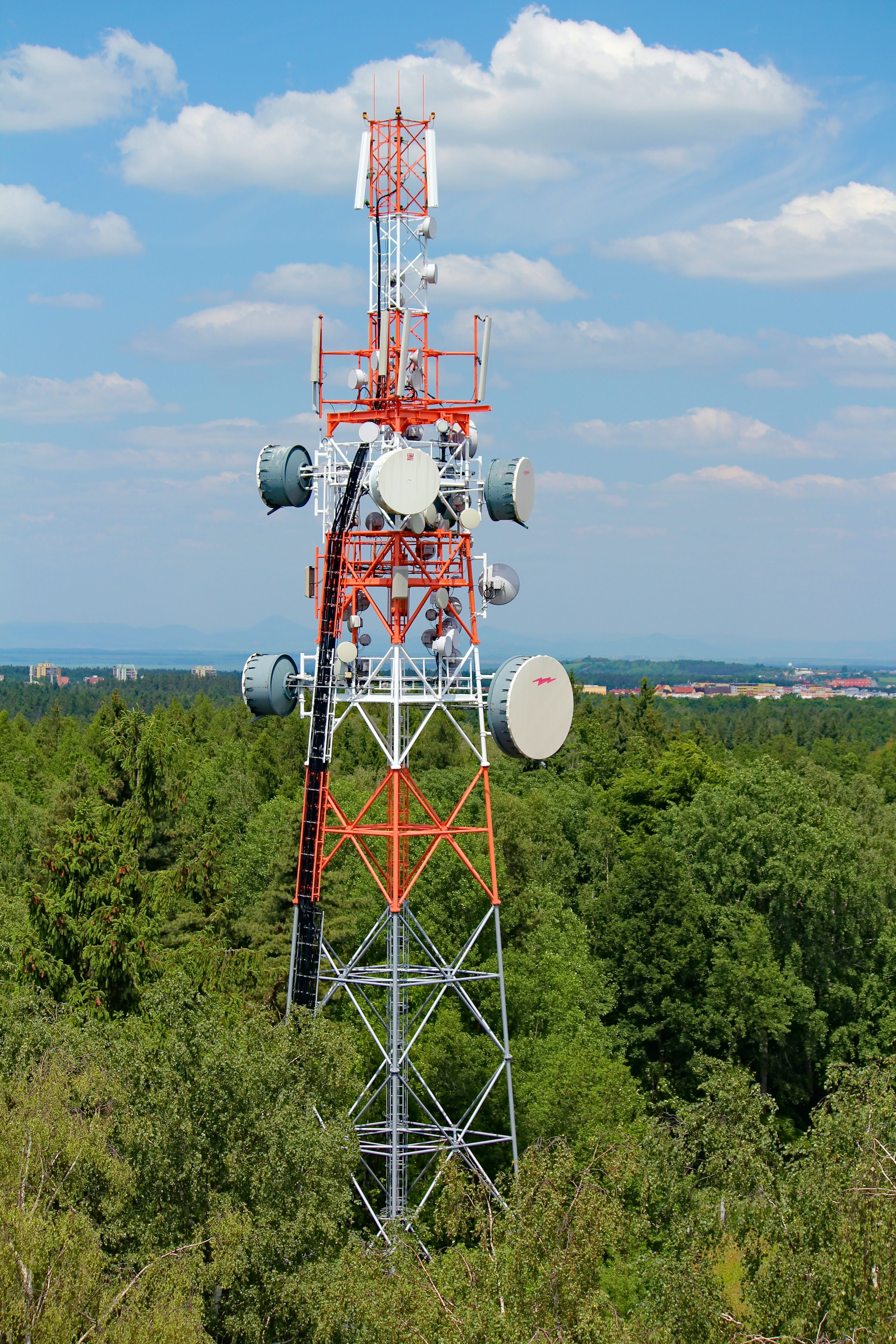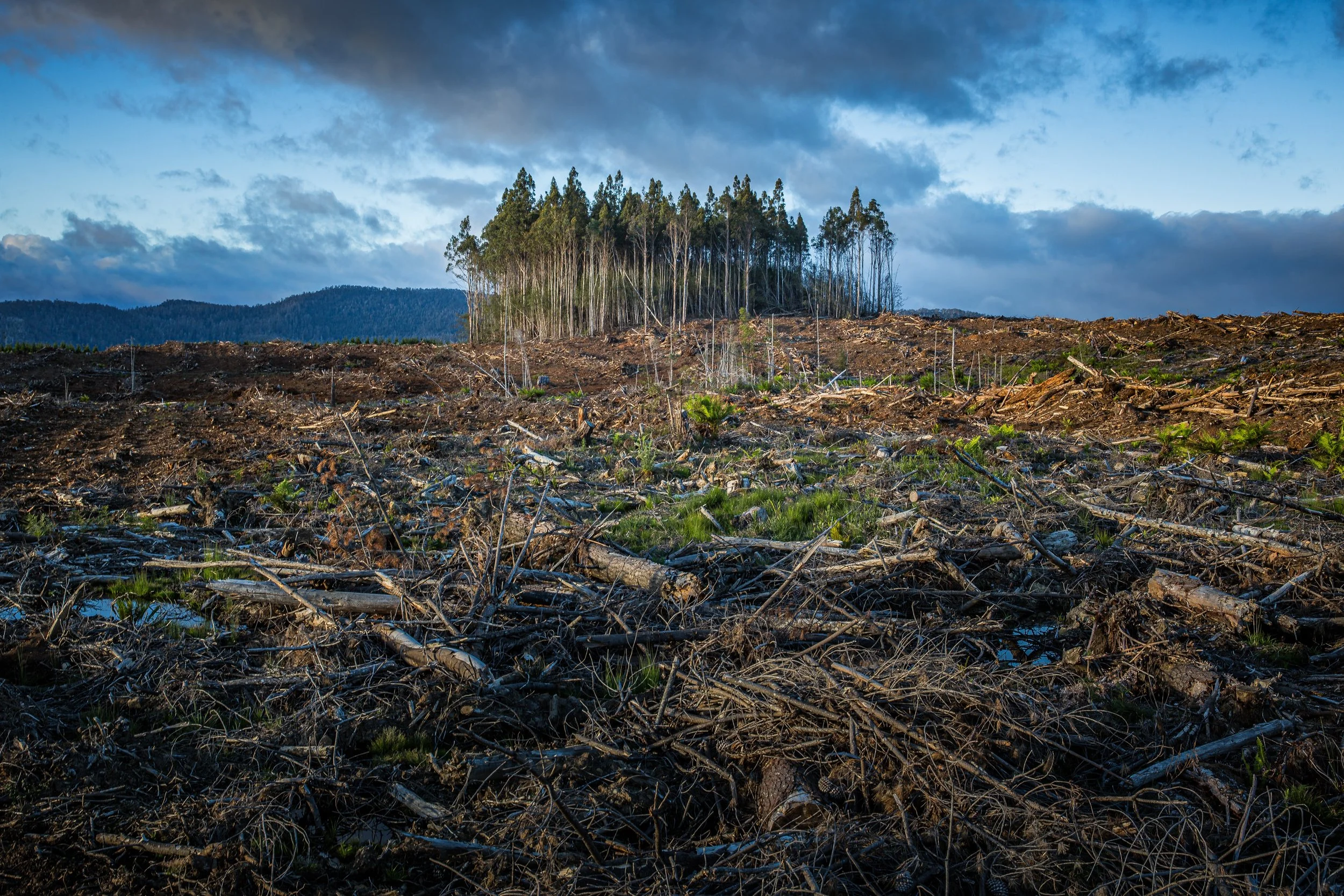toilet rolls connected to the internet?
efficiency could save the planet
RISE (Research Institutes of Sweden)
digital
written by seb lansdowne
After the disappointment of COP26, large scale societal change at a governmental level is looking like it could be quite a way off. So, to take the climate crisis and flip it on its head, innovation by private companies is looking like it may be where our focus should lie.
One innovation that might not seem directly climate related initially is the advent of super low power radio termed LoRaWAN (Low power Radio Wireless Active Network). LoRaWAN allows the Internet of Things (IOT) to extend further to automate more and more facets of everyday life. The super small, low power radio can measure anything from temperature, to location, number of uses, movement and could be applied to almost anything else.
“LoRaWAN can reduce unnecessary use of energy and resources exponentially, it is being implemented by one county council in the UK to connect all their facilities to one central database. Once this trial is over it could be rolled out nationwide”
Rich Lansdowne –
Senior Director Business Development at Semtec
The technology is pioneered by microchip company Semtech who have started a network of over 500 companies developing ways to implement their technology across the world. An example of usage is implementing the LoRaWAN sensors in office blocks where they can monitor numbers of employees in areas, so that air conditioning is only switched on in areas that it is required, bathrooms are only cleaned after X number of uses and airflow is increased or reduced depending on fill rate of the building. These all may seem dull but the efficiency of the building can be hugely increased by only implementing measures when needed, saving energy, plastic and time.
Increasing efficiency and our use of materials is an easy way for humans to drastically reduce their impact on the world. These sensors could be used to monitor temperature levels in food cases to reduce waste from food getting too warm/cold. 6% of all emissions are directly related to food waste.
There are also implementations that help us to react to the effects of climate change, from flood monitoring by hotels on low lying islands, giving early warning to guests and locals to help prepare for incoming high water, to air pollution sensors on lamp posts in city centres and weather sensors on mountain tops.
Other uses can also be implemented in areas more focused on conservation, such as trackers on endangered animals that last for 10 years without needing to be replaced, reducing the amount of interference the animal may experience from humans. Firms could develop motion sensors that detect when forest is being illegally logged protecting the worlds forests with technology making it easier to police without boots on the ground all the time.
bwa have been supporting innovation like this since 2016, notably with RISE, on the development of two complex web platforms exploring sustainable innovations, trends and future focused technologies. Developments, such as current innovative clean energy solutions, are highlighted, and trend assessments provide investment opportunities which help the world come closer to a 1.5ºC warmer future, and achieving the UN’s Sustainable Development Goals (SDGs).







